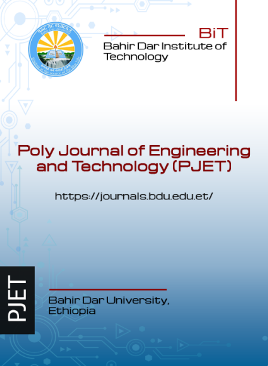Transforming Water Hyacinth Biomass to Phosphate Absorbent Biochar with Mg/Al Layered Double Hydroxides
Abstract
In Lake Tana, Ethiopia, influx of nutrients has resulted in excessive growth of water hyacinth (WH) in the last decades, which has also caused economic and environmental problems, and at the same time costing enormous labor and financial resources. Therefore, there is an urgent need for treatment and effective utilization process of WH. One of effective uses of waste biomass is biochar which is pyrolyzed biomass under oxygen-limited conditions. Biochar has attracted much attention for its use as an adsorbent because of abundant functional groups on surface and porous structure. Recent research has been conducted to improve adsorption performance of biochar for anionic contaminants by applying metal modification to biochar. Biochar-based layered double hydroxide (LDH) composite materials have been shown improved properties for removing phosphate (PO43–). However, the performance of LDH-biochar as an adsorbent depends on the raw material. Therefore, it is necessary to investigate PO43– adsorption properties of biochar derived from WH. Thus, the objective of this study was to determine PO43– adsorption capacity of biochar derived from WH modified with Mg/Al-LDH and investigate the adsorption mechanism. The Langmuir maximum PO43– adsorption capacity was 45.7 mg g–1 for Mg/Al-LDH biochar. The adsorption mechanism was mainly chemical monolayer adsorption, replacement of surface hydroxyl groups with PO43–, the electrostatic attraction between LDH and PO43–, and the porous structure of the biochar. In this study, LDH treatment was shown to be effective to improve PO43– adsorption capacity of biochar, however as the adsorption capacity of Mg/Al-LDH biochar was lower than other studies, further research needs to be conducted.
Copyright (c) 2024 Poly Journal of Engineering and Technology (PJET)

This work is licensed under a Creative Commons Attribution-ShareAlike 4.0 International License.


